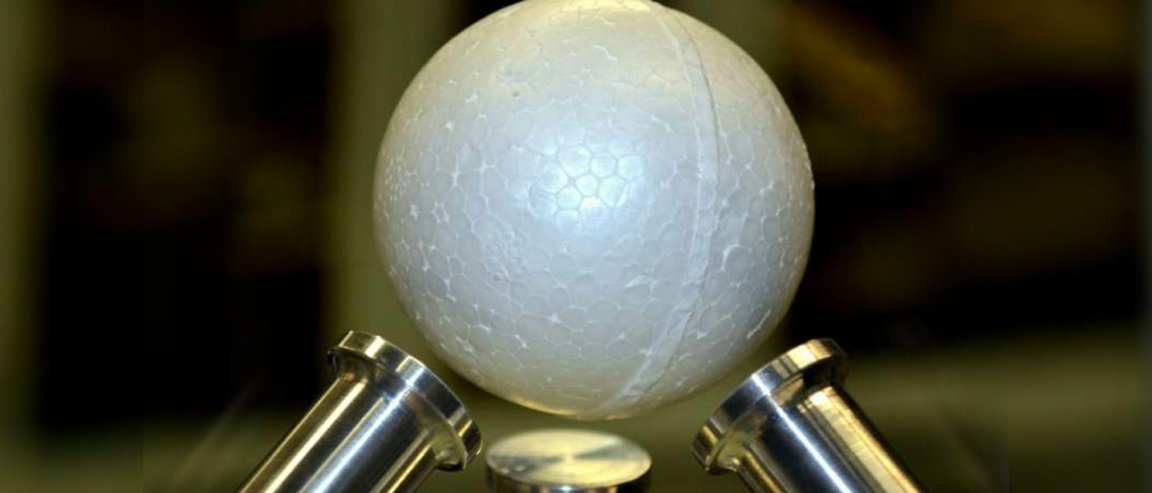
Not Just for Magicians Anymore
Development for the tire industry has focused on minimizing friction between car and road. The key to high-speed concepts such as Hyperloop, is the elimination of friction in transportation. Which is why any new land transportation options will be inspired by the goal of decreasing or eliminating friction.
Researchers from Brazil and the UK have been able to levitate a 50-mm (2-in) solid polystyrene sphere using acoustic waves. These waves have been used before to levitate objects. However, they did have a threshold. The objects’ size, at most, was a quarter of the wavelength of an acoustic wave. This is also the first spherical object levitated acoustically; the earlier objects were wire-like or planar in shape. For the types of waves the researchers are using, ultrasound waves with a frequency above 20 kHz, the maximum size should be at 4mm.
Breaking Ceilings
Even so, their study, published in Applied Physics Letters, discovered that by combining multiple ultrasonic transducers, they were able to levitate objects much larger than the acoustic wavelength. Their setup used three ultrasonic transducers positioned as a tripod. The researchers determined that changing the angle and number of transducers does not interfere with the setup’s ability to levitate a large object.

Still, this is not a case of ‘the more, the merrier.’ The cause of levitation actually changes previous experiments involving the small objects had them trapped at the pressure nodes of the standing wave created between a transducer and a reflector. This time, the three transducers produce a standing wave in the space between the transducers and the sphere.
Previous experiments have used this concept before, but that was to levitate a planar object, and it had to be kept in place by a central pin. The tripod design removes the necessity for contact with the object.